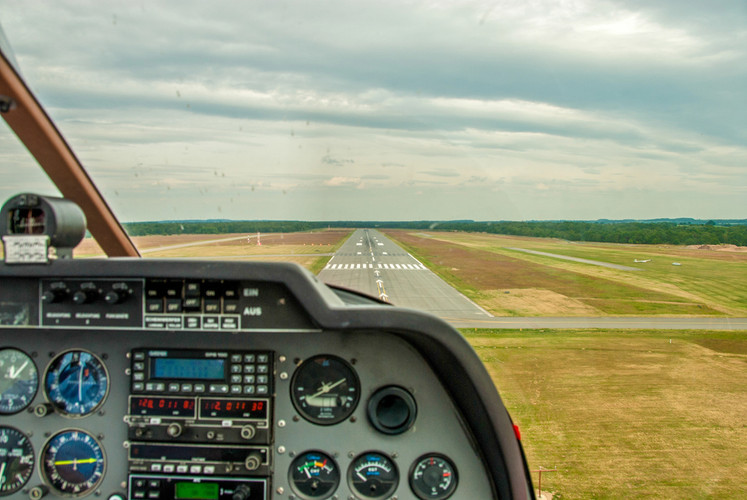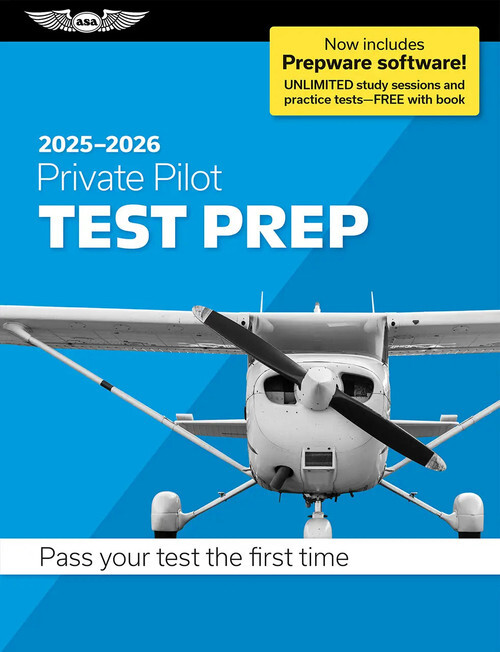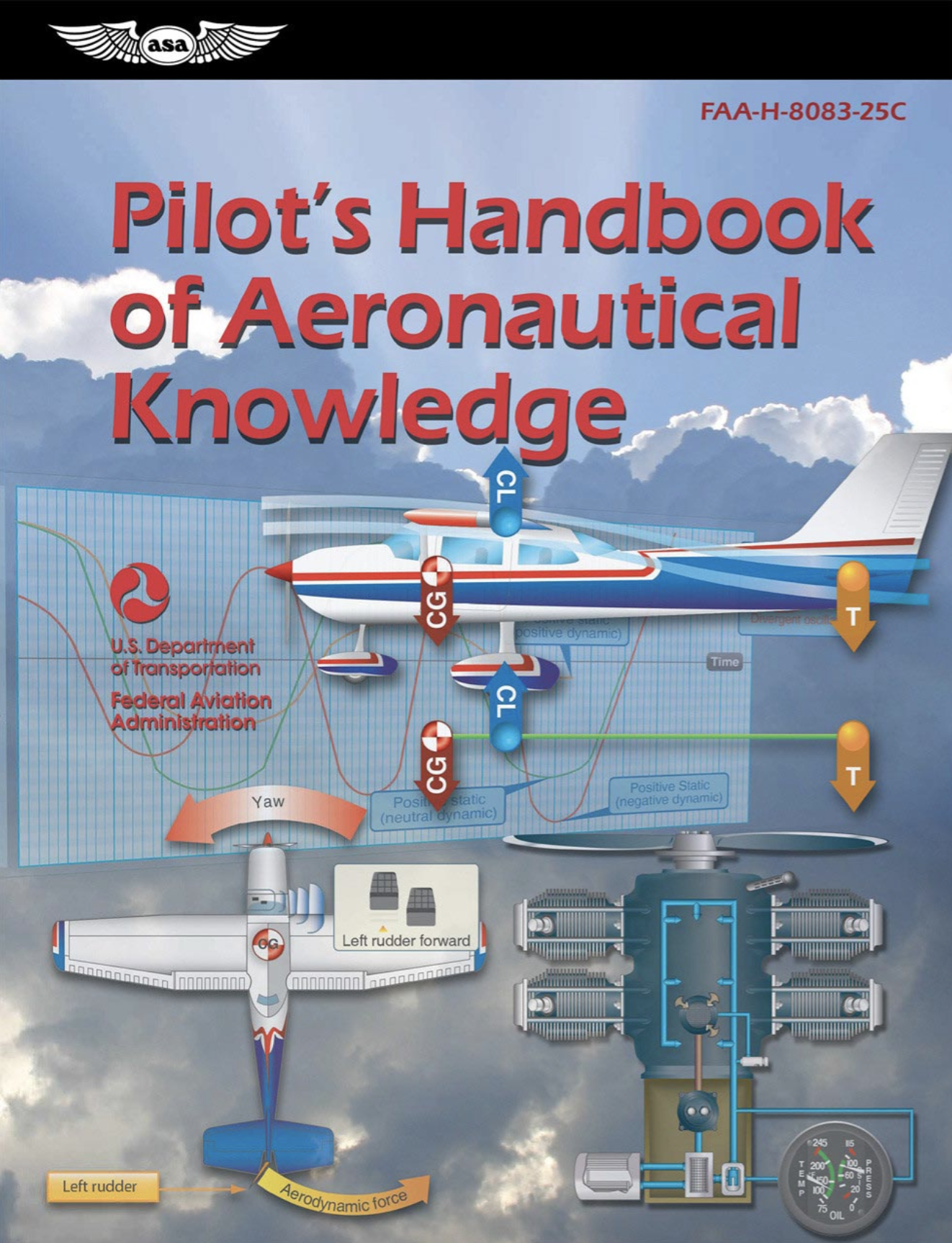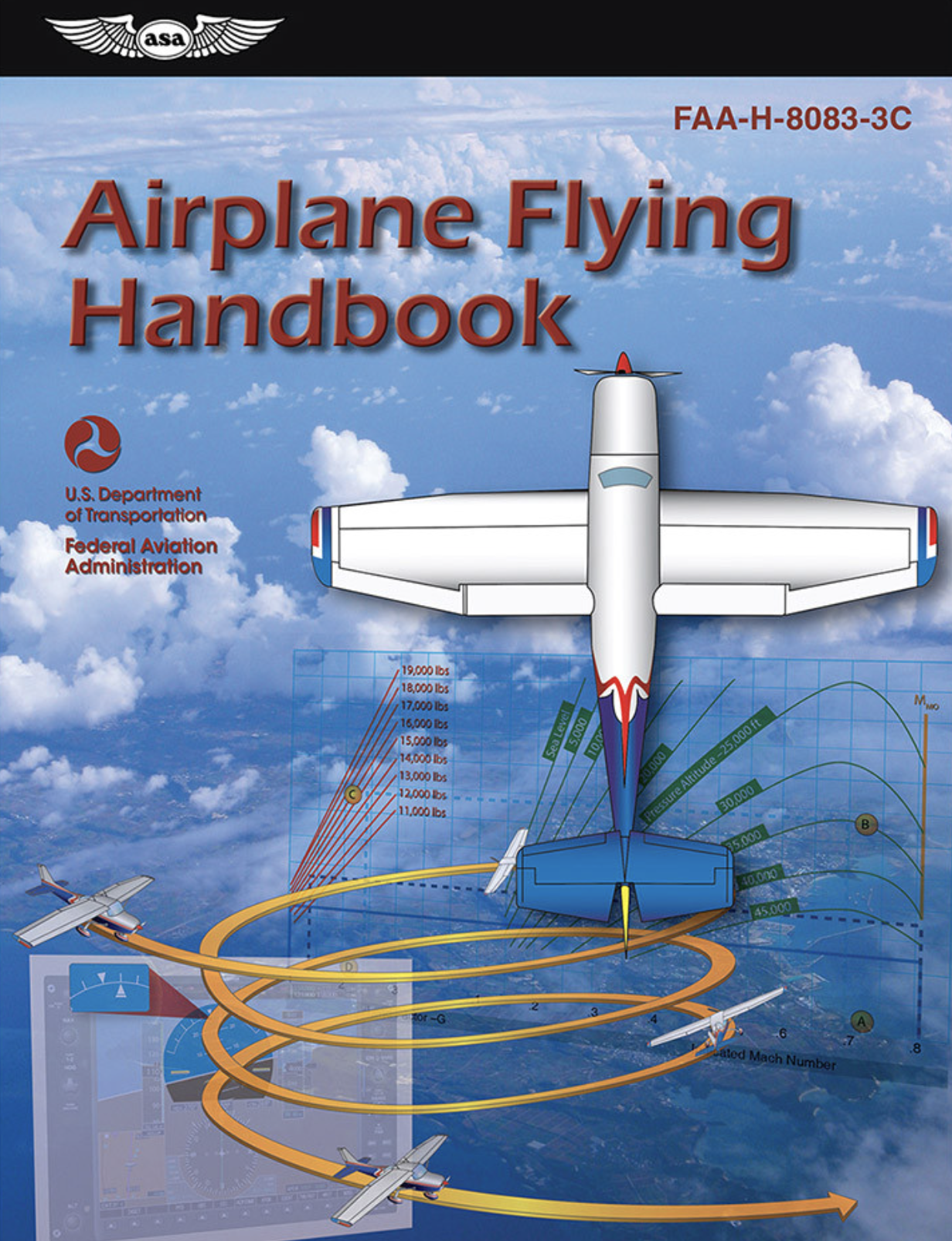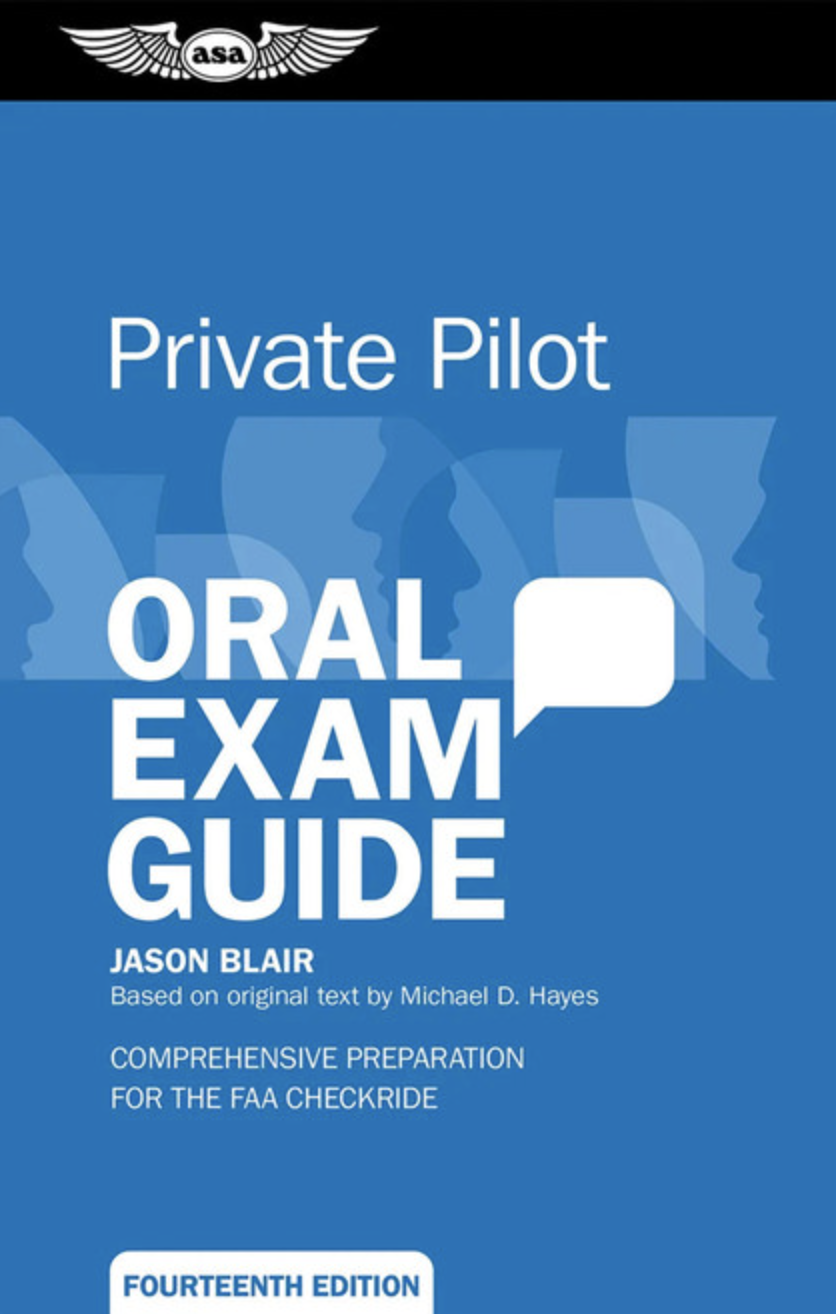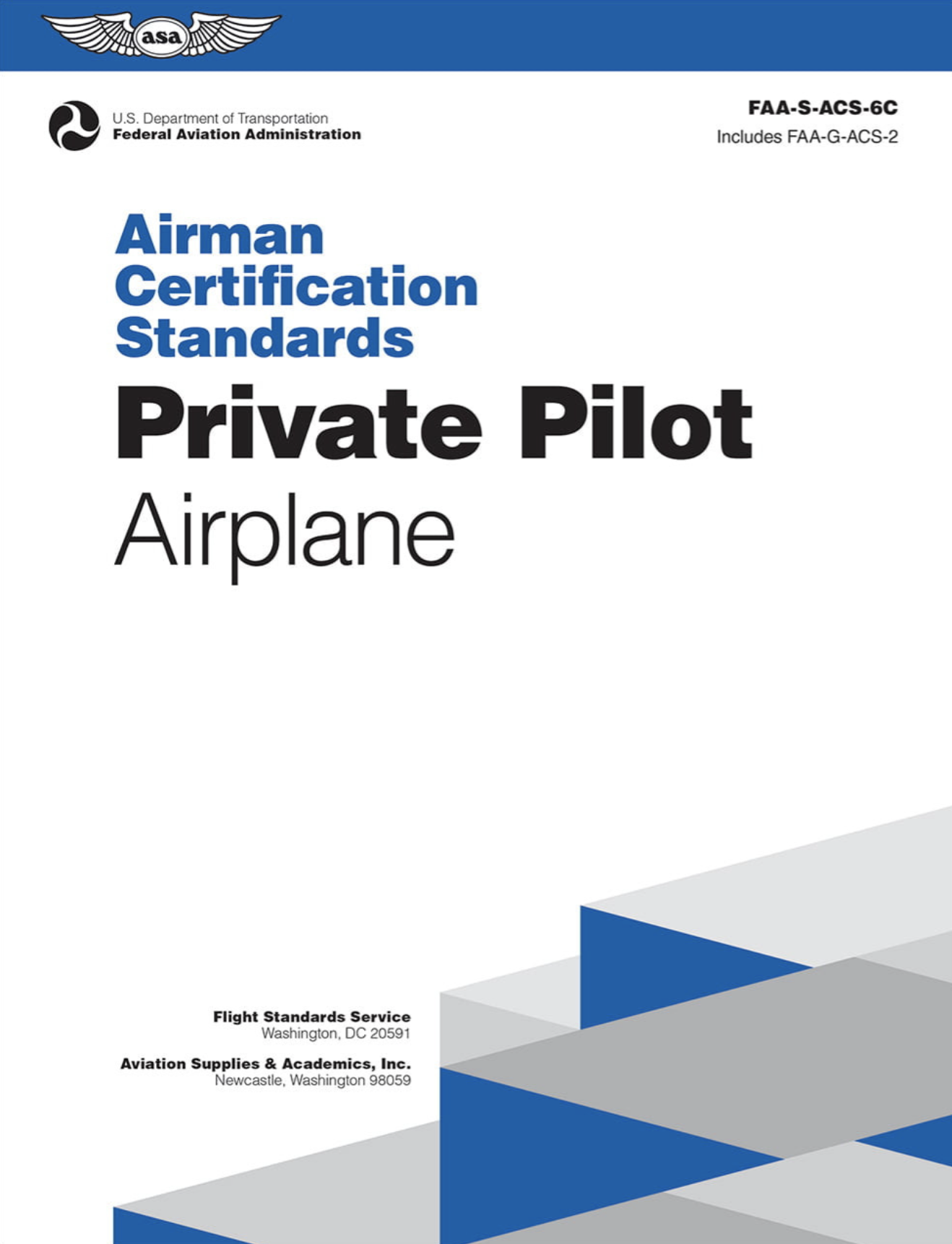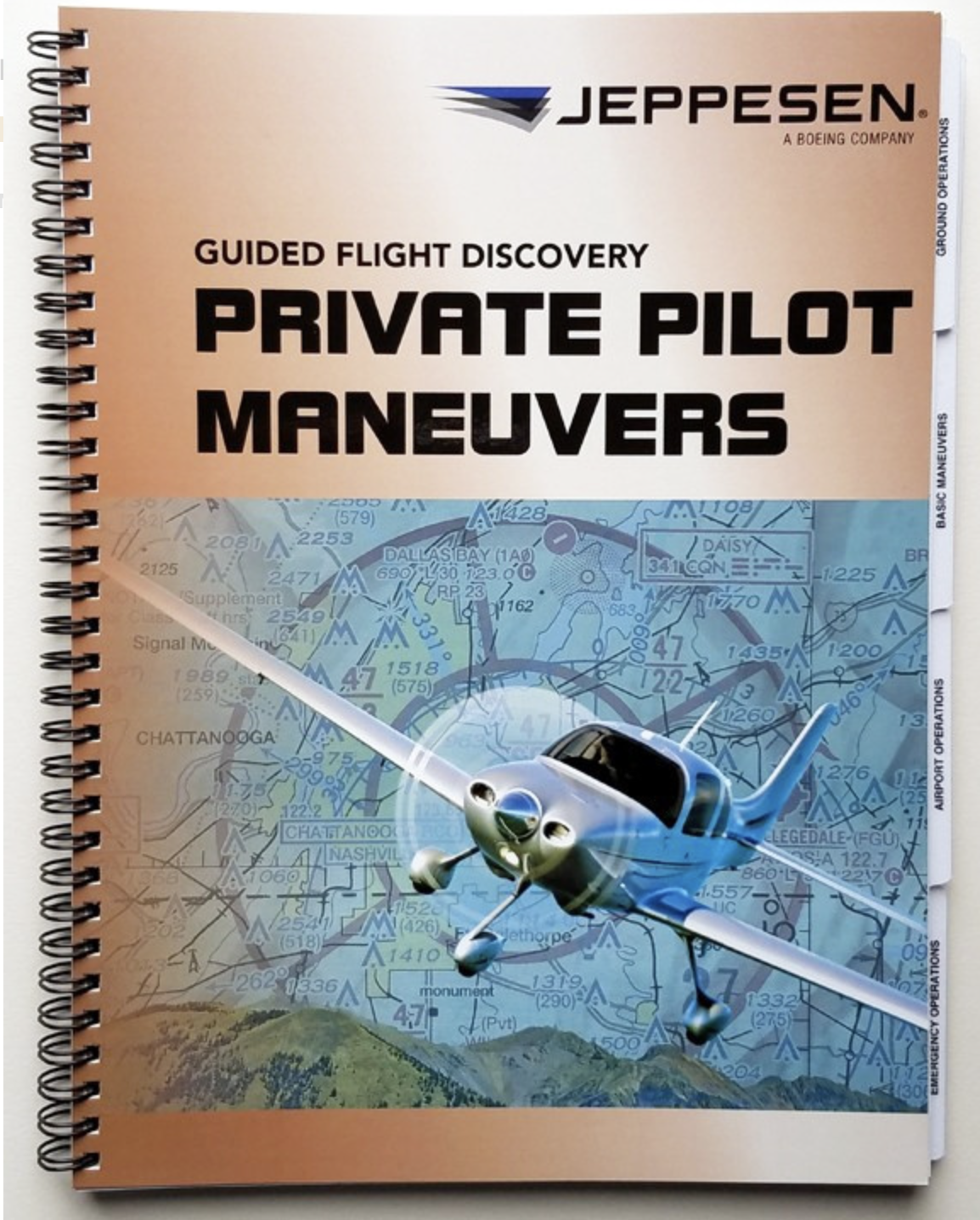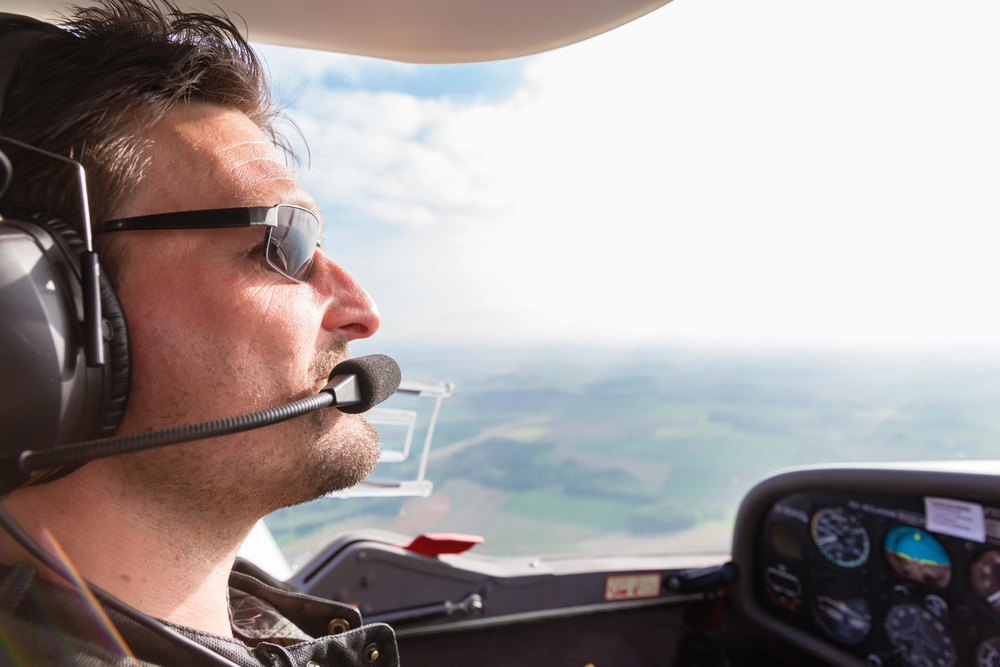Posted by Richard G. on Aug 22nd 2025
Earning your Private Pilot License (PPL) is one of the most rewarding milestones in your aviation journey. Whether your goal is weekend flights for fun or laying the foundation for a professional career, passing both the FAA written knowledge test and the practical test, which consists of an oral evaluation and a flight evaluation, is essential.
With the right approach and the right study materials, you can walk into both exams confidently and prepared. Here’s a step-by-step guide to mastering them.
1. Understand the Scope of Each Exam
- Written Knowledge Test: A computer-based, multiple-choice exam, administered at an FAA-approved testing center, covering aerodynamics, navigation, weather, regulations, aircraft systems, and more.
- Oral Evaluation: Conducted by a Designated Pilot Examiner (DPE) before the flight portion of your practical exam/checkride. The oral portion tests your ability to apply your knowledge to real-world flight scenarios. The examiner will ask about regulations, decision-making, aeromedical factors, airspace, weather interpretation, and aircraft performance.
- Flight Evaluation: Flying portion of the practical test, where you will demonstrate successful pre-flight procedures, maneuvers, radio communications, and emergency operations.
Your preparation strategy should address both theoretical knowledge and real-world application.
2. Choose the Right Study Materials
There’s no shortage of resources out there, but some are proven favorites among successful students. We recommend starting with this Private Pilot Training Resources Collection. Marv Golden offers some of the best, which include industry-standard books and test prep tools.
Here are 6 standout options:
Written Exam Test Prep
ASA Test Prep: Private Pilot with Prepware: An industry-standard resource for acing the written exam.
- Covers all FAA Private Pilot test topics.
- Hundreds of updated questions with explanations.
- Access Prepware software for unlimited, realistic practice tests.
- Study by topic, missed questions, or random sets.
- Performance tracking and progress reports.
Study Materials
Pilots Handbook of Aeronautical Knowledge (PHAK)
- The official FAA handbook, which lays the foundation of all basic and essential knowledge, including criteria to become a pilot, airspace, aircraft systems, weather theory, navigation, aeronautical decision making, and more.
Airplane Flying Handbook (AFH)
- Focuses on aircraft operations, including flight maneuvers, performance maneuvers, landings, and more.
Oral Exam Test Prep
ASA Oral Exam Guide - Private Pilot: Perfect for mastering the oral exam. A targeted guide to the types of questions your examiner will ask.
- Focused prep for the oral portion of the checkride.
- Organized by topic for easy self-quizzing.
- Realistic examiner-style questions.
- Clear, concise, and accurate answers.
- Ideal for solo or partnered study sessions.
Private Pilot Airman Certification Standards - Private Pilot
- The ACS outlines the standards for the knowledge and practical tests. We recommend studying alongside the ACS to understand what is required of you and discover any gaps in your knowledge.
Jeppesen GFD Private Pilot Maneuvers
- Provides step-by-step procedures for each maneuver
- Explains the most common errors
- Includes detailed images for easy visualization of each maneuver
3. Build a Structured Study Plan
Aim to study consistently over several weeks, not just in a last-minute cram. Break your study sessions into small, focused blocks:
- Daily: Review a topic for 30–45 minutes.
- Weekly: Take a full-length practice test and review missed questions.
- Before Your Checkride: Spend time rehearsing oral exam answers out loud or completing mock checkrides with your instructor.
Break your study into three phases:
- Learning Phase: Use the PHAK (Pilot’s Handbook of Aeronautical Knowledge) and the Airplane Flying Handbook for core knowledge and concepts.
- Practice Phase: Work through chapter quizzes and FAA-style questions from the ASA Test Prep or Gleim Knowledge Test books. Take timed practice exams until you consistently score above 90%. ‘Chair flying’ is a great method for dialing in your maneuvers!
- Scenario Phase: Transition to oral prep by reviewing the ASA Oral Exam Guide and rehearsing answers aloud, ideally with a CFI or study partner.
Prepare for the Oral Exam Like a Pro
Many students focus heavily on the written test but underestimate the oral portion. Aim to proficiently demonstrate that you’re a safe pilot who can apply and correlate personal experience and knowledge to various scenarios.
To excel:
- Be able to explain “why,” not just “what.”The DPE is testing your decision-making and safety mindset.
- Use the ASA Oral Exam Guide to anticipate common question areas like cross-country planning, airspace entry requirements, aeromedical factors, and weather interpretation.
- Review your own logbook and endorsements; you’ll be asked about flights you’ve logged. We recommend tabbing pages that include important logbook entries, such as night XC (cross-country), etc.
The Week Before the Practical Test
- Take two or three full-length practice written exams and review missed questions.
- Conduct at least one mock oral exam with your instructor.
- Fly mock cross-country routes in a simulator or with flight planning software.
- Focus on weak spots rather than rereading entire chapters.
- Get plenty of rest; fatigue is the enemy of recall and clear thinking. Remember “IMSAFE”!
Stay Consistent and Confident
Studying for the Private Pilot written and oral exams is a marathon, not a sprint. By starting early, using the right materials, and practicing under realistic conditions, you’ll be prepared to pass both portions with flying colors.
Explore the complete lineup of Private Pilot training books and test prep tools to give yourself the best chance of success because nothing beats the feeling of hearing, “You passed, congratulations, pilot!”

